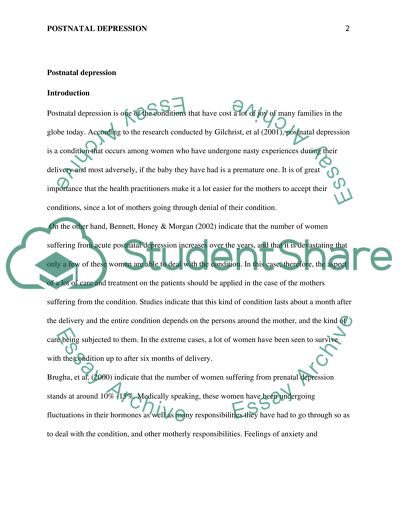Cite this document
(“Post-natal depression: Supporting sufferers and their families Essay”, n.d.)
Retrieved from https://studentshare.org/health-sciences-medicine/1397606-post-natal-depression-supporting-sufferers-and
Retrieved from https://studentshare.org/health-sciences-medicine/1397606-post-natal-depression-supporting-sufferers-and
(Post-Natal Depression: Supporting Sufferers and Their Families Essay)
https://studentshare.org/health-sciences-medicine/1397606-post-natal-depression-supporting-sufferers-and.
https://studentshare.org/health-sciences-medicine/1397606-post-natal-depression-supporting-sufferers-and.
“Post-Natal Depression: Supporting Sufferers and Their Families Essay”, n.d. https://studentshare.org/health-sciences-medicine/1397606-post-natal-depression-supporting-sufferers-and.


